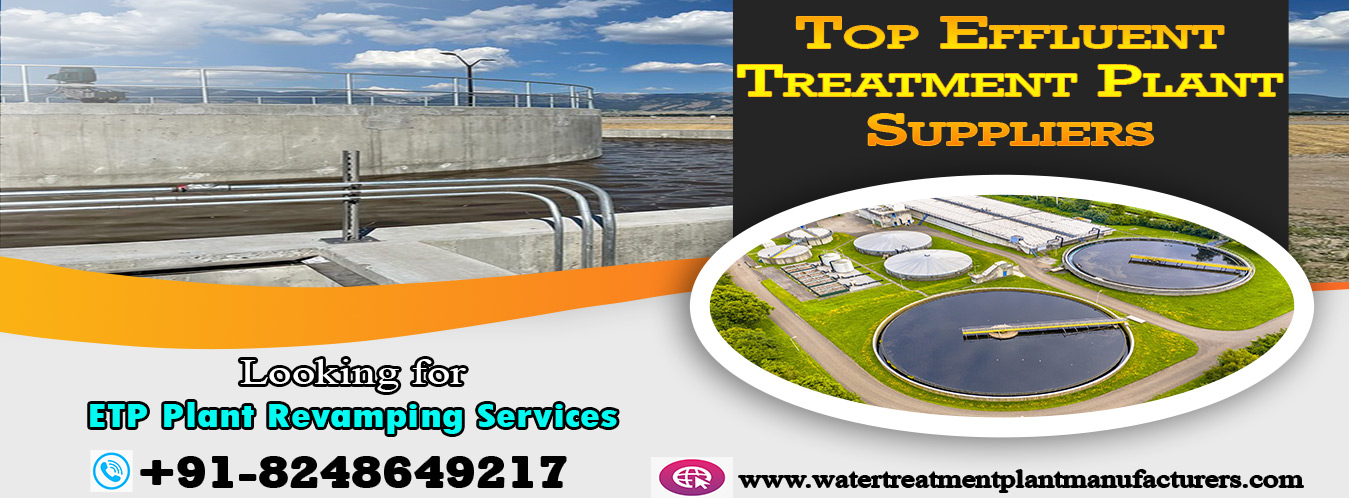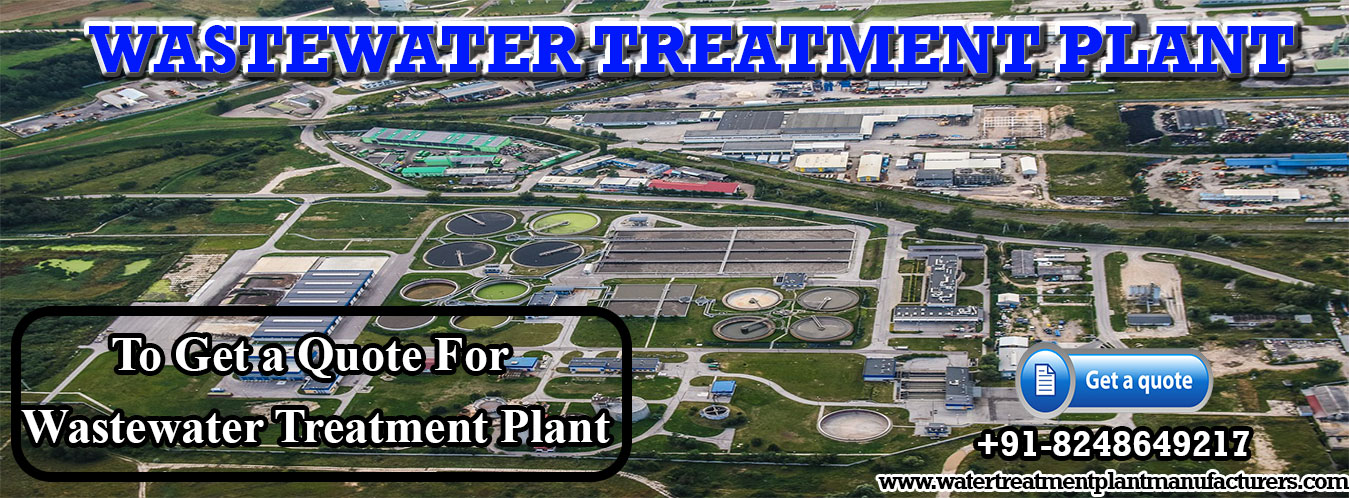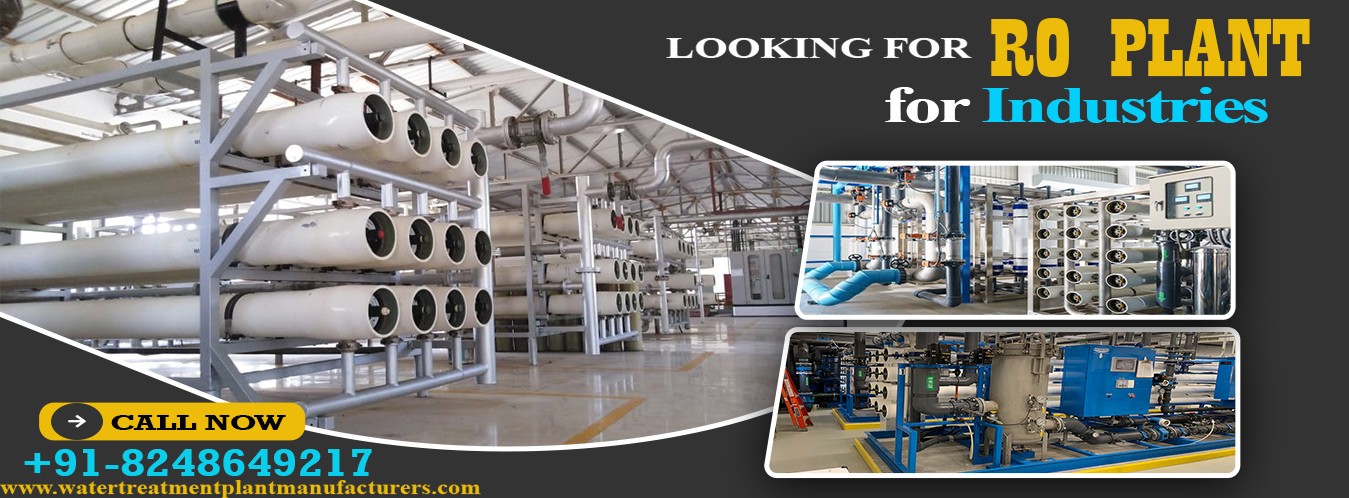
WELCOME
GJ WATER TECHNOLOGIES

WELCOME
GJ WATER TECHNOLOGIES

WELCOME
GJ WATER TECHNOLOGIES

WELCOME
GJ WATER TECHNOLOGIES
Stainless Steel RO Plant is designed for a wide exhibit of industrial and commercial applications. The heartily created plant gives 100 percent unadulterated drinking water while preventing the spread of water-borne diseases. The accuracy designed system uses RO technology and quality endorsed parts for ideal usefulness and life span. Water is purified through different strides in Fully Automatic RO Plant which comprise of cleansing, filling, flushing, covering, disinfecting with oxidants, adding coagulation chemicals, filtration, further purging and softening.
These Stainless Steel RO Plant are unbendingly worked with different noteworthy traits like faultless execution, high elasticity, and interconnected pipes with two instruments. Ro Plant Manufacturer, for example, these are broadly utilized in different industrial and residential areas for getting water decrease debasements and fulfill the guidelines of the WHO. 2000 LPH RO Water Treatment Plant can be characterized as those that carry out the essential methodology of reverse osmosis in the ideal class of manufacturing plants.
Reverse Osmosis Plant face the significant test of tracking down the most effective ways to diminish their energy utilization. Our gave Industrial RO Plant consolidate economical and energy-productive techniques and give steady execution. Our Industrial RO System are solely utilized in squander the executives to further develop the desalination process.
The interest for 1000 Litre RO Plant price is expanding step by step to get the best drinking water for people. This Commercial RO Plant is utilized to deal with the necessity of the clients at reasonable costs. Be that as it may, new advancements are executed consistently to as needs be take special care of the requirements of the clients. RO Plant Dealers assumes a noticeable part in the quality of water to people.
These RO Plant AMC are exceptionally sturdy and easy to use. The SS RO Plant are made out of stainless steel to guarantee the best quality of the item. It helps in preventing corrosion and furthermore safeguards against weakness. Stainless Steel RO Plant convey the greatest amount of quality of health to people.
The flavor of the water is pure, and the scent is eliminated RO, as it requires investment to purify the water. Subsequently the utilization of Dialysis RO Plant will build the quality of water. In this way, utilizing RO Water Treatment Plant will eliminate odor and make the water drinkable and liberated from defilement.
5000 LPH RO Plant give high performance and contamination- free and pure water for drinking. It is known for its superior presentation in handling unadulterated water at reasonable costs making it more demandable.
1000 LPH RO Plant are not difficult to work and require less maintenance. Reverse Osmosis Plant isn't just expects at home but on the other hand is requested at commercial places for protected and pure drinking water. Consequently, these Industrial RO Plant reduce free time and upgrade the efficiency of the representatives of the organization.
Fully Automatic RO Plant utilize less energy to purify water. They filter water and eliminate a wide range of unsafe microscopic organisms and make water contamination free. Ro Plant Manufacturer consume less energy and save costs. It likewise works on the health of the person.
Along these lines, we can presume that 2000 LPH RO Water Treatment Plant replace filtered water and save costs. Industrial RO System further develop health and furthermore require low maintenance for drinking protected and pure water. 1000 Litre RO Plant price are not difficult to work and can be worked with less training. In the event that you want to purchase Commercial RO Plant for your places, make a point to make ideal examination about the RO Plant Dealers to get the RO plant.
In RO Plant AMC, by utilization of high pressure pumps to increment pressure on one tainted side of the film and power water through semi-permeable layer leaving practically all debasements.
SS RO Plant are non-contaminating and are really simple to sanities for different pharmaceutical applications and as they are impervious to mileage these hoses have long time span of usability also.
Stainless Steel RO Plant are made of prevalent grade stainless steel which is impervious to corrosion, chemical scraped spot and is designed to endure high compression and pressure. Stainless Steel RO Plant's very much designed look gives exquisite and tasteful feel which works out in a good way in improving with various styles of inside settings.
Dialysis RO Plant are 100 percent quality checked and tried since it is made by the most recent exceptional CNC machinery and most recent strategies like cutting and bowing and for some other structural blemishes by our profoundly qualified proficient staff as indicated by Indian and worldwide industry norms rules.
RO Water Treatment Plant are broadly utilized in a few industries like Pharmaceuticals, Hospital industry, Residential housing, Chemical plants, Food processing, Breweries, Hotels, Abattoirs, Cold Storage Warehouses, Air terminals, Stores, Shopping centers, Films.
The 5000 LPH RO Plant is a best in class water treatment system designed to remove contaminations, pollutants, and harmful substances from water. It uses the course of reverse osmosis, which includes going water through a semi-porous film to isolate debasements and produce clean, decontaminated water. What sets the 1000 LPH RO Plant separated is its construction utilizing high-quality stainless steel materials, guaranteeing strength, life span, and protection from corrosion.
The utilization of stainless steel in the construction of the Reverse Osmosis Plant guarantees its life span and protection from corrosion. Stainless steel is known for its remarkable strength and capacity to endure unforgiving ecological circumstances, going with it the ideal decision for a water treatment system that works persistently.
Stainless steel is a non-permeable material, making it profoundly impervious to bacterial growth and defilement. The Industrial RO Plant guarantees that the water stays unadulterated and liberated from any potential health perils. This component is especially significant for industries like food and beverage, pharmaceuticals, and medical care, where hygiene is of most extreme significance.
The Fully Automatic RO Plant requires insignificant maintenance because of the intrinsic properties of stainless steel. It is not difficult to clean, impervious to stains, and doesn't need continuous replacement of parts. This saves time and exertion as well as decreases functional costs over the long haul.
Putting resources into a Stainless Steel Ro Plant Manufacturer ends up being a practical solution in the long haul. The sturdiness and low maintenance necessities of stainless steel guarantee that the framework works productively for a lengthy period. Furthermore, the cleaned water created by the 2000 LPH RO Water Treatment Plant wipes out the requirement for costly filtered water, saving money over the long haul.
The Industrial RO System is an eco-friendly solution for water treatment. By dispensing with the requirement for plastic containers and diminishing water wastage, it adds to a greener climate. The utilization of stainless steel additionally guarantees that the system is recyclable, further reducing its ecological effect.
Generally considered as one of the best effective water filtration methods, 1000 Litre RO Plant price makes clean, incredible tasting water. Commercial RO Plant are utilized in different applications, including filtration for entire houses, fixtures, aquariums, and eateries. Regardless of what kind of water you begin with, there is possible a RO Plant Dealers that will suit your needs.
RO Plant AMC removes contaminants from unfiltered water, or feed water, when tension powers it through a semipermeable layer. Water streams from the more focused side (more contaminants) of the RO membrane to the less thought side (fewer contaminants) to give clean drinking water.
A SS RO Plant removes silt and chlorine from water with a prefilter before it powers water through a semipermeable membrane to eliminate dissolved solids. After water leaves the RO membrane , it goes through a postfilter to clean the drinking water before it enters a devoted spigot. Stainless Steel RO Plant have different stages relying upon their number of prefilters and postfilters.
A Dialysis RO Plant removes broke down solids like arsenic and fluoride through the RO membrane. A small RO Water Treatment Plant likewise includes silt and carbon filtration for an expansive range of decrease. The carbon filters in a 5000 LPH RO Plant remove chlorine and bad taste and scents, and the silt filter removes soil and dirt and debris
At the point when the water you use drains from your home, chemicals and different contaminants should be eliminated before it's reused. Wastewater is either shipped off a 1000 LPH RO Plant and weakened to make it more easier to treat or to riverbeds for nature to channel through the hydrologic cycle.
The water that enters your home feeds the commercial RO water purifiers in Chennai. City water or municipally treated water is somewhat liberated from synthetic compounds and bacteria yet may contain inorganic broke up solids, which a Reverse Osmosis Plant is designed to reduce.
Industrial RO Plant utilizes water strain to compel clean water through the membrane. In the event that your family water pressure, you want to build the pressure for reverse osmosis with a RO booster pump.
Fully Automatic RO Plant come three different cartridge styles: fast change, drop-in, and standard. Your choice of channel style depends upon whether you incline toward simple maintenance, low maintenance cost, or the most un-ecological effect.
While planning for Ro Plant Manufacturer, you have a few elements to consider: What amount does the plant cost? What amount will installation cost, particularly assuming you employ somebody? What amount does on-going maintenance cost? These factors might influence which 2000 LPH RO Water Treatment Plant you choose or whether you utilize one by any means.
Most under-sink turn Industrial RO System are not difficult to install. However, installing an under-sink 1000 Litre RO Plant price requires a committed spigot, and that implies you might need to bore an opening in your ledge. In the event that you're not happy finishing this work yourself, then, at that point, you might require help from a plumber or a handy friend or family member.
